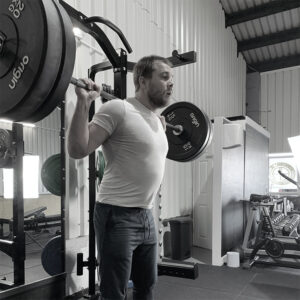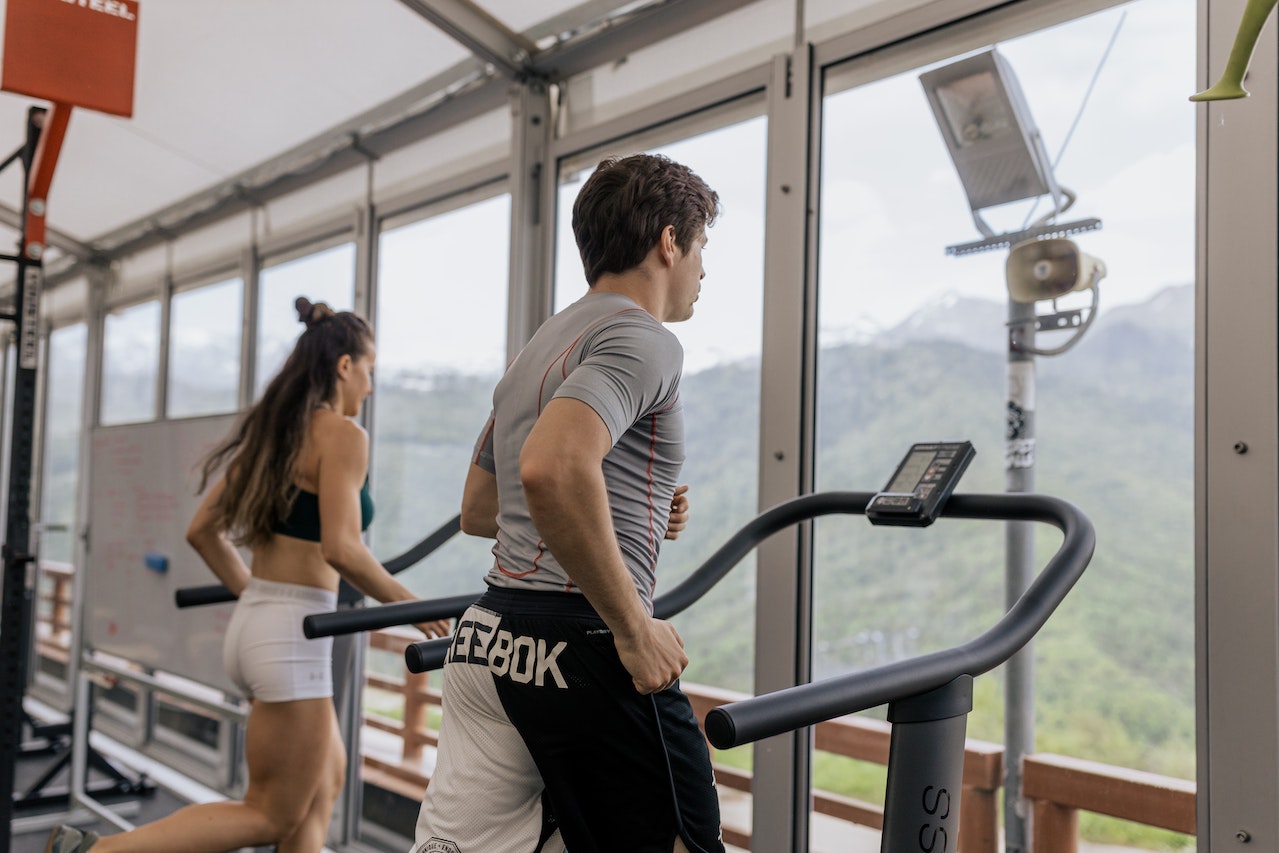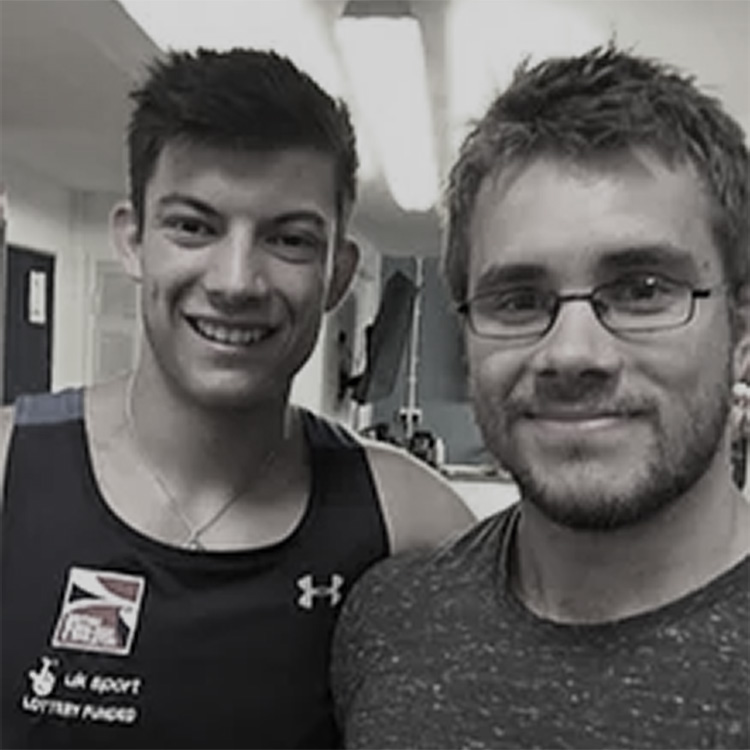Areobic capacity (or at least having a sufficient level of it) is a crucial need for many sports, both with the performance in competition and the training for that competition. Also, having a sufficient level of aerobic capacity is not just needed for the sporting individual, it is also extremely useful for the functionality of every day life (running for a train or bus, playing with the kids etc). But how do we actually improve aerobic capacity? What are the best ways to train it? In this blog I shall briefly discuss aerobic capacity and explain various ways it can be trained effectively.
First of all, what exactly defines aerobic capacity ? Aerobic capacity can be defined in three variables – VO2 Max, Lactate Threshold (LT) and economy of movement. Each of these variables will determine what your aerobic capacity will be, if any one of them fails your aerobic capacity will drop.
VO2 Max – “The VO2max (also referred to as maximal aerobic power) may be defined as the maximum amount of oxygen that can be used by the body”. To calculate VO2 Max we use the Fick equation where VO2= Q x α-vO2diff, where Q symbolises cardiac output and α-vO2diff represents the difference between arterial (a) and venous (v) O2 content and thus reflects the ability of the skeletal muscles to extract and use O2 (Anthony Turner, MSc, ASCC, Liam Kilduff, PhD)
Lactate Threshold – Lactate threshold describes the limit where too much lactate acid has been produced in the muscle mass and is causing fatigue. Lactate is produced when the muscle mass is undergoing greater intensities due to loading or fatigue as not enough oxygen is present, so the body switches from using O2 as a primary fuel source to using glucose.
Movement Economy – basically describes how efficient you are at the task at hand. It should come at no surprise that if you are better (and more efficient) at a particular movment that movement will be less taxing on the body. For example in a group of runners with similar VO2 max values there were a range of 10km times. In addition, a 20% difference has been reported between the least and most economical runners ( Helgerud, J., Ingier, F., & Stromme).
So now we have established what influences aerobic capacity, how do we improve it? There is much conflicting evidence on what the best way is for improving aerobic capacity. Below are a few examples of ways that has shown results.

High intensity interval training
Helgerud et al found that high intensity interval training (HIIT) was more effective at improve VO2 max and reducing lactate threshold as a percentage of it. In a study of fifty-five moderately trained men, VO2 max was “significantly more effective than moderate – and low-intensity training in improving VO2max”. It was also shown that the subjects could achieve a faster running pace before reaching their lactate threshold.

Strength & Power training
This is something that I am constantly telling the long distance athletes that I work with. Improving things such as force output (strength) and the rate of force development will bring about improvements in their sport (whether it be running, cycling, swimmings or rowing. “This is through decreasing the relative force (% of max) applied during the loading phases, thereby leading to a reduced metabolic demand for the same force output andcreating a motor unit reserve available for additional work” ( tone, M., Stone, M., Sands, W., Pierce, K., Newton, R.,Haff, G., et al). This basically means that because the muscles are stronger and have a greater capacity for work, the stress of the endurance sports becomes less of an issue for them.
So there you have it. It has been shown the VO2 max and Lactate Threshold can be improved (and therefore aerobic capacity) via longer periods of continous work and high intensity interval training. It has also been shown the strength training has improved aerobic capacity by increasing the capacity of the muscle. What sort of training you should do completely depends on your needs and the style of training you prefer.
If you have any questions regarding this topic or anything else please get in touch.




